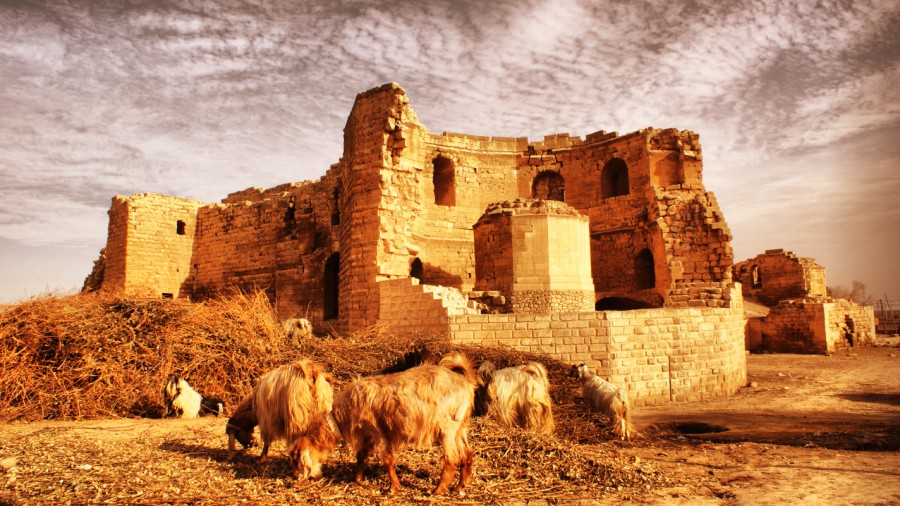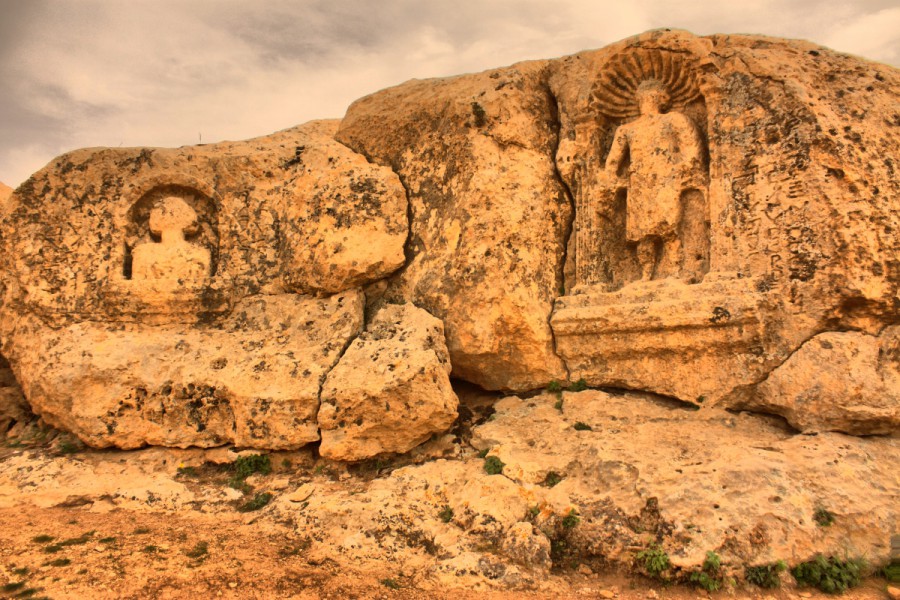Harran Castle

Harran Castle was built adjacent to the city wall in the southeast of the city. Islamic sources mention that there was a Sabian temple on the site of the castle. It is estimated that the palace built by the Umayyad Caliph Mervan II, who spent 10 million dirhams of gold, formed the basis of the castle. The castle, which is 90x130 meters in size, has three floors. The castle, which has an irregular rectangular plan, has a dodecagonal tower on each of its four corners.
HARRAN MOULAR
Archaeologist Dr. The excavations carried out at the mound since 2003 under the direction of Nurettin Yardımcı have unearthed artifacts belonging to various periods. During the excavations at the mound, finds dated to the Halaf Period of the 7th millennium B.C., figurines and figurine heads dating to the Old Bronze Age, cylinder seals dated to the Old Assyrian Period of 1950 B.C., Baked clay tablets and votive inscriptions with cuneiform writings mentioning the temple of King Nabunaid and Sin dating back to the 6th century have been found. The mound and its surroundings have hosted important civilizations since prehistoric times, such as the Halaf, Ubaid, Uruk, Bronze Age, Hittite, Hurrian, Mitanni, Assyrian, Babylonian, Hellenistic, Roman, Byzantine and, in the Islamic period, the Umayyads, Abbasids, Fatimids, Zengids, Ayyubids and Seljuks. The artifacts obtained from the excavations are exhibited in the Şanlıurfa Museum. The architectural structures unearthed in the city ruins belonging to the Islamic Period consist of rectangular and square-planned houses with adjacent rooms opening onto narrow streets and courtyards. Among the architectural ruins, mills turned by human power provide information about the milling industry of the time. The unearthed city ruins also provide information about a developed city planning and the socio-economic life level of that period.

